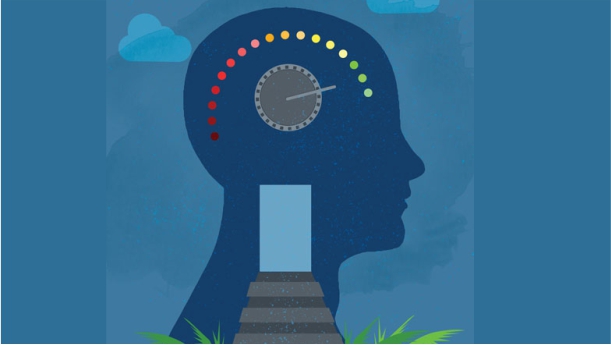
Understanding how our emotional brain works can help us appreciate why we react the way we do and how we can regulate our feelings and thoughts to ensure that we lead and manage others effectively.
Log In or become an AIMA member to read more articles
